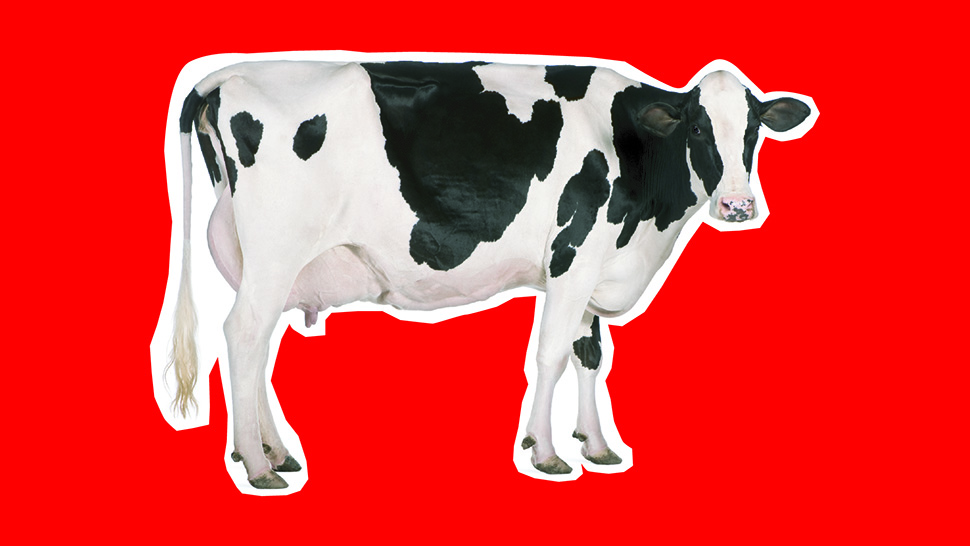
The food we eat every day is deeply connected to the environment, and its impact is profound: a third of all global greenhouse gas emissions can be linked to the food system. From growing to processing, transporting to storage, and managing excess food waste, each step in the food chain produces carbon emissions.
Greenhouse gases, or GHGs, are gases that trap heat in the atmosphere. While they’ve been hanging out in the atmosphere for millennia, what’s changed is the enormous impact of human activities like burning fossil fuels and industrial farming, which has accelerated the concentration of these heat trapping gasses over the last few centuries. The higher concentration of GHGs is contributing to unpredictable, extreme weather patterns and climate change.
The most abundant and well-known GHG is carbon dioxide (CO2), which accounts for about 79% of human-created emissions. In the world of food production, most CO2 emissions are due to the clear-cutting of forests for the expansion of farmland, especially for cattle production. Other smaller contributors include energy demands from refrigeration and transportation of food.
Next up is methane, which makes up only 12% of all human-caused GHG emissions but packs a punch, as it’s 28 times more effective at trapping heat in the atmosphere as CO2. Animal agriculture is the biggest culprit for this GHG, thanks to methane released during the digestive processes of ruminant animals like cows, lamb, or goats, making them one of the most carbon-intense food options. And unfortunately, 30-40% of food produced in the United States ends up in landfills, where it decomposes and emits methane into the atmosphere.
Finally, nitrous oxide (N2O) is a lesser known yet formidable GHG, and a key player in agricultural emissions. Compared to CO2, it is 256 times more powerful at trapping heat in the atmosphere. Soil management practices in farming, including the use of chemical fertilizers and the management of livestock manure, account for around 75% of N2O emissions.
The research is clear that animal agriculture is a major contributor to global GHG emissions, which is why we at Bon Appétit commit to serving plant-forward meals year-round, and especially this Earth Day. Legumes, fruits, vegetables, nuts, and grains offer a vibrant array of tasty, nutritious, and diverse options – with a fraction of the environmental impact.
So what are you waiting for? This Earth Day, it’s time to flip the switch to plants!